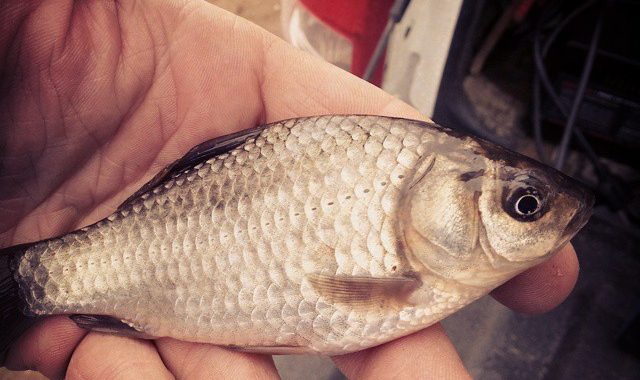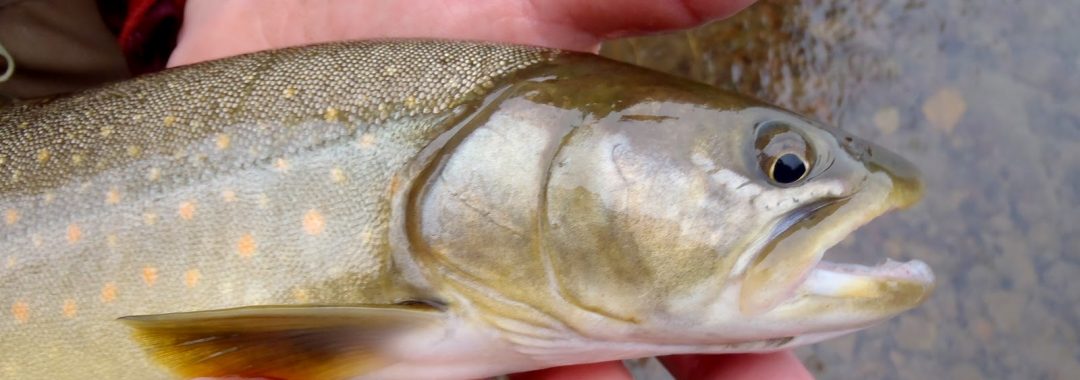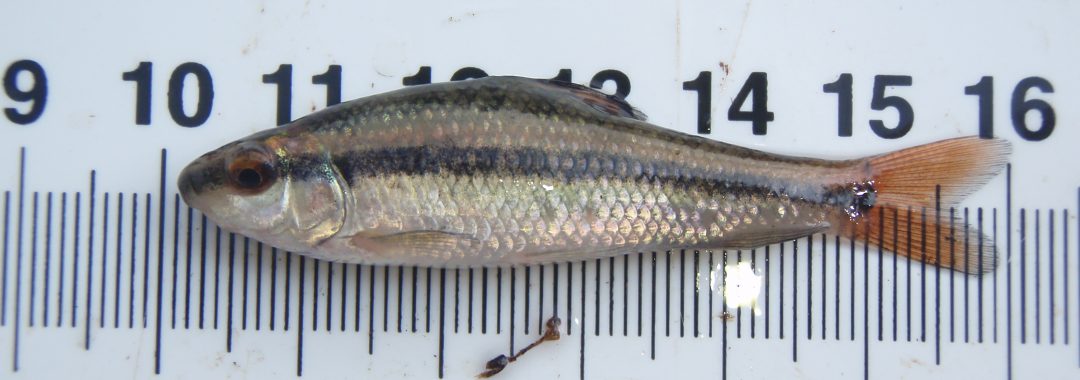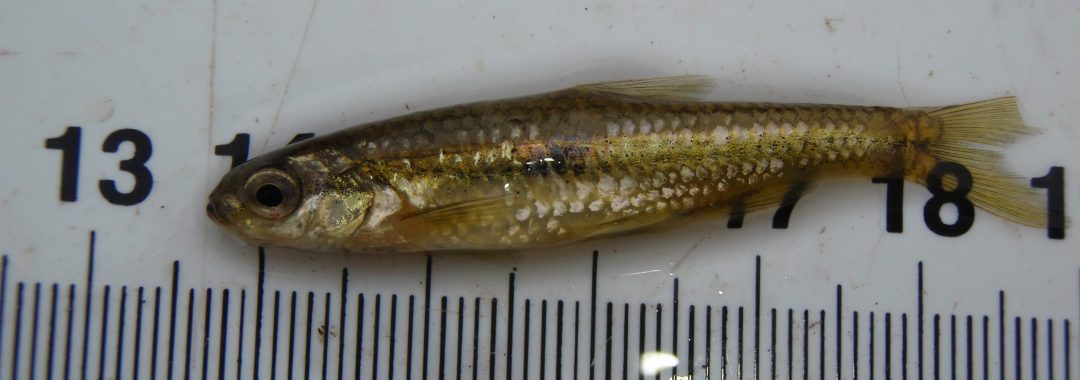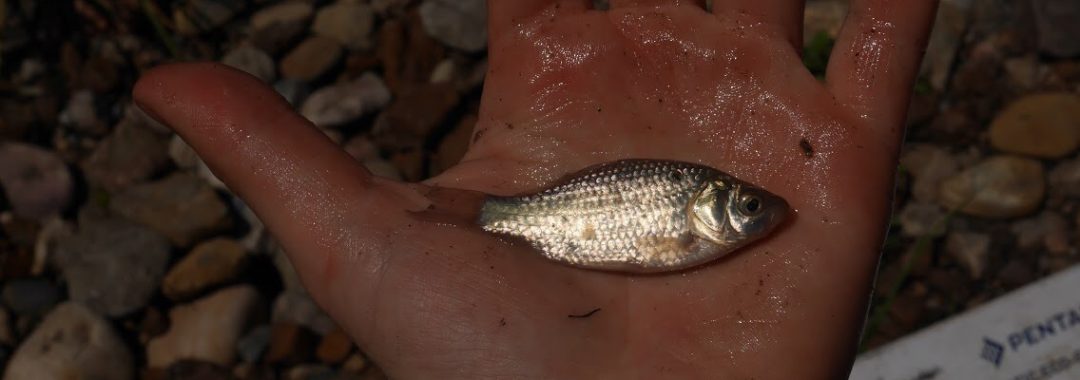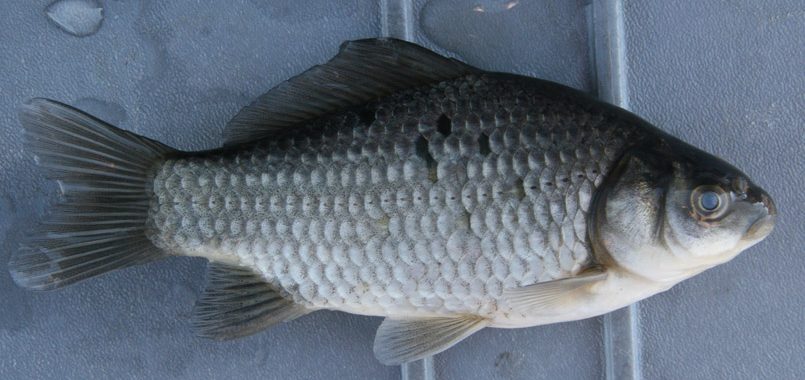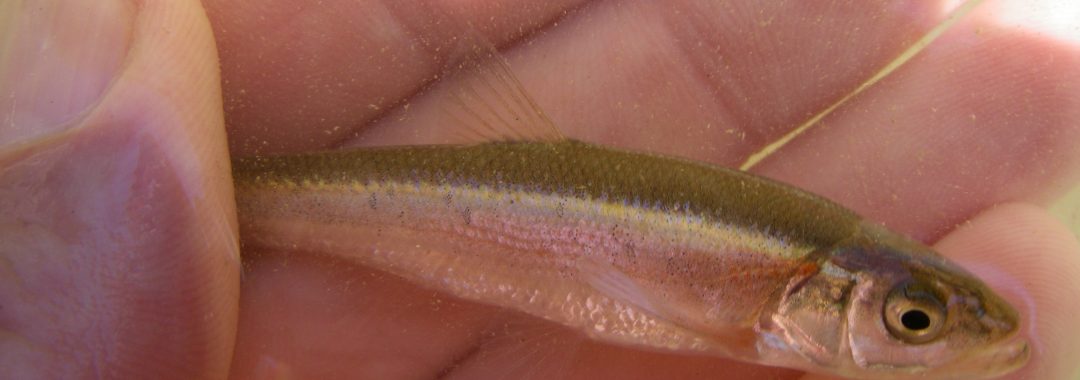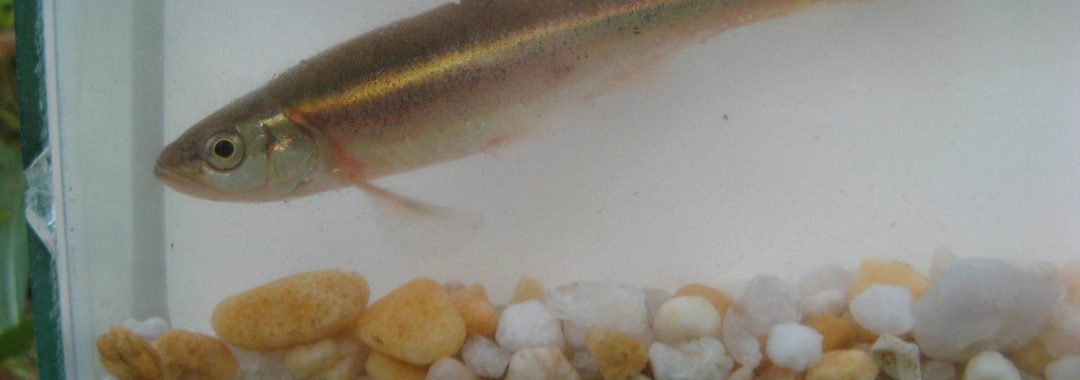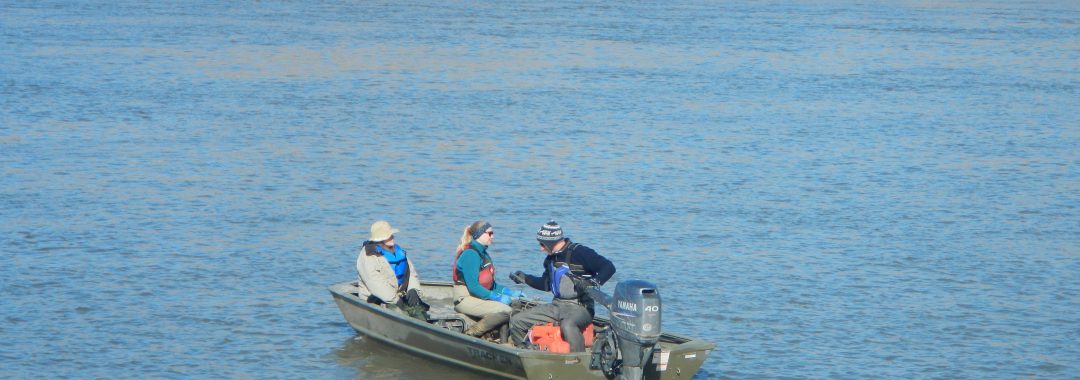Thanks to the Alberta Invasive Species Council for the invitation to present some of our research and to discuss Prussian Carp more broadly!
Category Archives: Mark Poesch
My research focuses on issues related to aquatic biodiversity, including: conservation of freshwater fishes (e.g. species at risk, invasive species), sustainable resource development and developing robust restoration and reclamation activities. My goals are to: build effective collaborations across Alberta and North America; to train the next generation of research leaders; to provide an atmosphere of respect and learning; to engage the public and stakeholders; and, to develop leading edge novel research to solve applied problems.
The Fisheries and Aquatic Conservation Lab attends the Canadian Science Advisory Meeting on Offsetting in Ottawa
Dr. Poesch, Karling Roberts and Sebatian Theis joined the Canadian Science Advisory Meeting on Offsetting in Ottawa. Thanks to Fisheries and Oceans Canada and all the participants for a great meeting!
The Fisheries and Aquatic Conservation Lab attends the Canadian Freshwater Species at Risk Research Network Workshop in Burlington, Ontario
Dr. Poesch and Taylor MacLeod joined the Canadian Freshwater Species at Risk Network Workshop in Burlington, Ontario. Thanks to Fisheries and Oceans Canada and all the participants for a great meeting! Freshwater species at risk research is growing!!!
Dr. Poesch attends Canadian Science Advisory Meeting on Allowable Harm for Species at Risk
Dr. Poesch provided science advice on determining allowable harm for species at risk in Ottawa, Ontario.
Measuring Prussian Carp with a cup of water (Magazine: Renew)
PoeschLab research on eDNA on Prussian Carp highlighted in Renew Magazine.

How to deal with this self-cloning invasive carp (Magazine: Cottage Life)
PoeschLab member Jesse Shirton interviewed on our research on Prussian Carp. Link to article: ‘Cottage Life’
Also Read:
Welcome to the Tracking Change Youth Knowledge Fair
Dr. Poesch is a member of Tracking Change, a program aimed at connecting local and traditional knowledge in watersheds. The Lab welcomes the youth from Alberta and Northwest Territories for the Youth Knowledge Fair! See Outreach Gallery for some photos.
van der Lee, A.S., Poesch, M.S., Drake, D.A.R, and Koops M.A. 2018. Recovery Potential Modelling of Redside Dace (Clintostomus elongatus). DFO Can. Sci. Advis. Sec. Res. Doc. 2018/nnn. vi + 39 p.
Citation: van der Lee, A.S., Poesch, M.S., Drake, D.A.R, and Koops M.A. 2018. Recovery Potential Modelling of Redside Dace (Clintostomus elongatus). DFO Can. Sci. Advis. Sec. Res. Doc. 2018/nnn. vi + 39 p.
Abstract
The Committee on the Status of Endangered Wildlife in Canada (COSEWIC) has assessed Redside Dace (Clintostomus elongatus) as Endangered in Canada. Here we present population modelling to determine population-based recovery targets, assess allowable harm, and conduct long-term projections of population recovery in support of a recovery potential assessment (RPA). Our analyses demonstrate that the dynamics of Redside Dace populations are particularly sensitive to perturbations that affect survival of immature individuals (from hatch to age-2) and population-level fecundity. Harm to these portions of the life cycle should be minimized to avoid jeopardizing the survival and future recovery of Canadian populations. Meta-population structure was incorporated into analyses. The manner in which catastrophes impacted segments of the meta-population influenced recovery target estimates, indicating that understanding the extent of meta-population structure throughout the species range is needed to refine recovery targets. To achieve demographic sustainability, (i.e. a self-sustaining population over the long term) under conditions with a catastrophe probability of 0.15/generation and a quasi-extinction threshold of 50 adults at a 1% probability of extinction over 100 years, population sizes ranging from 18 000 to 75 000 were required. This required between 3.2 and 13.2 ha of suitable Redside Dace habitat. We simulated three recovery effort strategies focused on improving vital rates (survival and fecundity). A declining population (λ = 0.89) required considerable improvement to individual vital rates (> 40%) to cease population decline. If, however, survival of all age-classes could be augmented simultaneously an improvement of only 13% was required. Depending on the strategy employed, recovery occurred after 48 to 120 years. Recovery efforts affecting survival of all age-classes provided the greatest improvement to population growth rate and therefore resulted in quickest recovery (48 years).
Drake, D.A.R., and M.S. Poesch. 2018. Seasonal Movement of Redside Dace (Clinostomus elongatus) in relation to abiotic and biotic factors. DFO Can. Sci. Advis. Sec. Res. Doc. 2018/nnn. vi + xxx p.
Citation: Drake, D.A.R., and M.S. Poesch. 2018. Seasonal Movement of Redside Dace (Clinostomus elongatus) in relation to abiotic and biotic factors. DFO Can. Sci. Advis. Sec. Res. Doc. 2018/nnn. vi + xxx p.
Abstract
Most animal populations are composed of stationary and mobile individuals, which can influence metapopulation structure and the spatial distribution of mortality. We investigated the incidence of stationarity and mobility in two relatively stable populations of Redside Dace (Berczy Creek and Leslie Tributary) in the Rouge River drainage in Canada. Multiple linear regression was used to determine if stationarity and mobility were related to stream flow attributes (mean and 90th percentile of daily discharge; stream flow flashiness). For the mobile fraction of the population, we developed spatial interaction models to determine the abiotic (aquatic habitat variables) and biotic variables (species-level CUE of the fish assemblage) associated with movement. Results indicated a high level of movement synchrony among populations, with generally similar stationarity and movement bias depending on season. Stationarity ranged from a high of 0.74 and 0.67 (spring 2007, Berczy and Leslie, respectively) to a low of 0 and 0.07 (October – early May and early – late May, Berczy ; October – early May, Leslie). Stationarity was only weakly negatively related to stream flow attributes (mean and 90th percentile of daily discharge), while movement bias was weakly positively and negatively related to stream flow. At the reach level, spatial interaction models indicated that distance and biotic factors (CUE of Creek Chub, Common Shiner, and White Sucker) were important predictors of the probability of moving to a reach, as were aquatic habitat variables (standard deviation of reach volume (positive), mean and standard deviation of depth (positive), and mean stream width (negative)). Results indicate that factors operating at different spatial and temporal scales (stream flow, species CUE, reach-level habitat) influence stationarity and mobility of Redside Dace, yet a substantial amount of movement variation remains unexplained by environmental factors. Future work is needed to resolve the implications of stationarity and mobility on individual and population-level mortality so that projections of extinction risk can be refined.
The Fisheries and Aquatic Conservation Lab joins the Canadian Freshwater Species at Risk Research Network
The PoeschLab is excited to join the Canadian Freshwater Species at Risk Network (link). Thanks to Fisheries and Oceans Canada for their funding support for fish species at risk.

